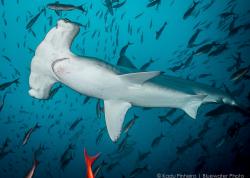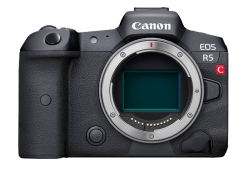Sea & Sea fisheye, compact, acrylic and glass dome port review
In this review I tested 3 Sea and Sea dome ports with my Nikon D300 and Tokina 10-17mm lens in the swimming pool, checking sharpness, color and contrast.
Sea & Sea Compact dome port
The S&S compact dome port is a light-weight, 6 inch acrylic dome port. Total width is 6.5 inches including the outer plastic. 1lb 9oz with the cover and 20mm extension ring. $500 in the USA. The SX extension ring (20mm) is an additional $190.
Sea & Sea glass dome port
The S&S glass dome port is a compact 6 1/2 inch dome port made by Athena for Sea & Sea. 2lb 12oz with the cover and 20mm extension ring. $1250 in the USA.
Sea & Sea Fisheye dome port
The S&S fisheye dome port is a 8 inch acrylic dome port. Total width is 9.5 inches including the outer plastic. 2lb 9.7oz with the cover. $650 in the USA.
Dome port test methodology
I took hundreds of test shots, at focal lengths of 10mm, 14mm, and 17mm. I took shots at distances of 2ft and 4ft away. I also compared center areas, side areas, and corners of the photos. I took photos at apertures F5.6, F8, F11. I also had two experienced photographers independently compare 100% crops of the test photos.
Glass and Acrylic dome port test results
No difference between glass and compact dome ports
No difference between dome ports in center sharpness
All dome ports sharp in the center
All dome ports sharpest in the corners at F11, and usually fairly sharp at F8, and not too bad at F5.6
Large fisheye dome port (acrylic) was best of them all, but only by a small amount in the corners, if you look at 100% crops.
Dome port test conclusions
Compact dome port (acrylic) is best for close-focus wide angle (CFWA) shots, and for travel, and easiest on the pocketbook.
Fisheye dome port is slightly better in the corners at F5.6 and F8.
No need to spend the extra money on the glass dome port.
When using the Tokina 10-17mm fisheye lens, the fisheye dome port does not need the 20mm extension ring, but may benefit from it? (This will be my next test). Rotating the aperture dial is more difficult without the ring on.
The compact dome port definitely benefits from the 20mm extension ring.
The fisheye dome port will give better results for over and under shots.
Glass ports are heavier, more resistant to scratching, and shed water easier that acrylic ports. It's possible that other well-made large glass dome ports have optical advantages over acrylic ports (e.g. - Subal or Seacam ports), but I didn't find any with this particular port.
Disclaimer - these test results may not apply to other manufacturers of dome ports, or in the conditions you shoot in, you should always do your own port tests. Dome ports can vary in quality.
Further Reading
Dome port optics and the virtual image
CFWA - shooting close focus wide angle underwater
Best lenses for underwater photography
Fisheye lenses versus wide angle lenses
Sea & Sea MDX-D300 underwater housing review
RECOMMENDED ARTICLES
SUPPORT THE UNDERWATER PHOTOGRAPHY GUIDE:
The Best Service & Prices on u/w Photo Gear
 Visit Bluewater Photo & Video for all your underwater photography and video gear. Click, or call the team at (310) 633-5052 for expert advice!
Visit Bluewater Photo & Video for all your underwater photography and video gear. Click, or call the team at (310) 633-5052 for expert advice!
The Best Pricing, Service & Expert Advice to Book your Dive Trips
 Bluewater Travel is your full-service scuba travel agency. Let our expert advisers plan and book your next dive vacation. Run by divers, for divers.
Bluewater Travel is your full-service scuba travel agency. Let our expert advisers plan and book your next dive vacation. Run by divers, for divers.

































